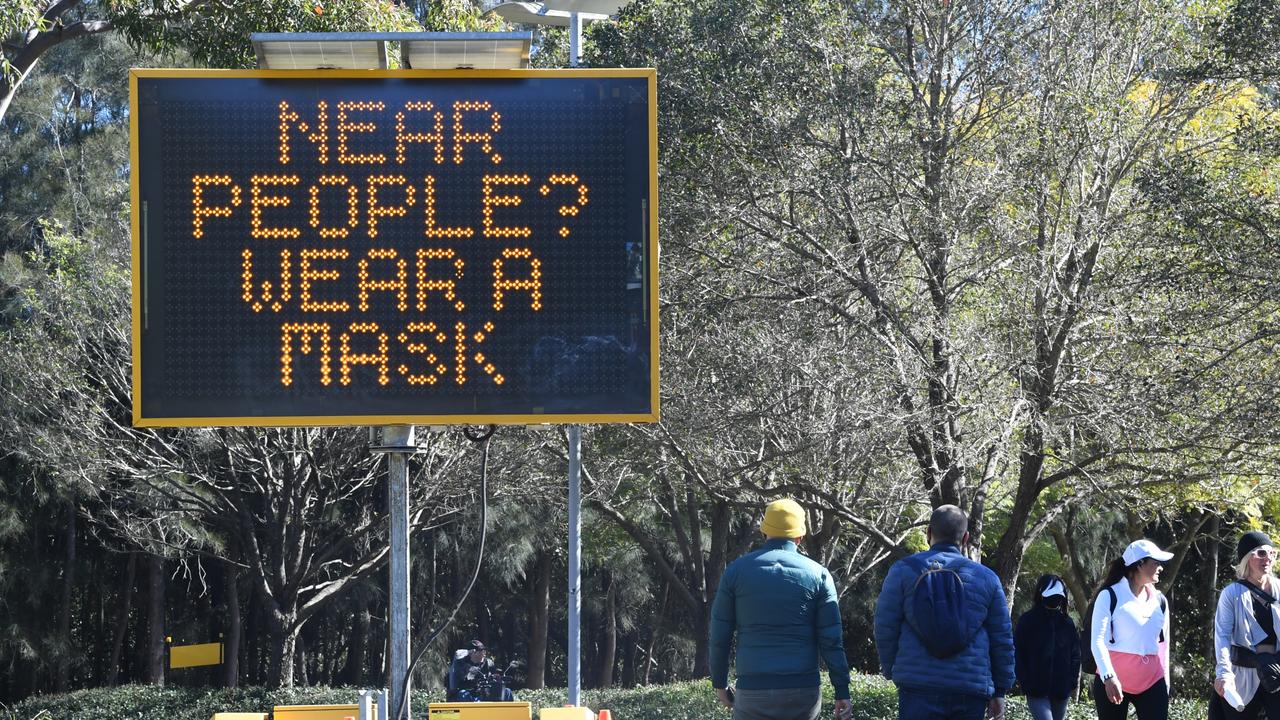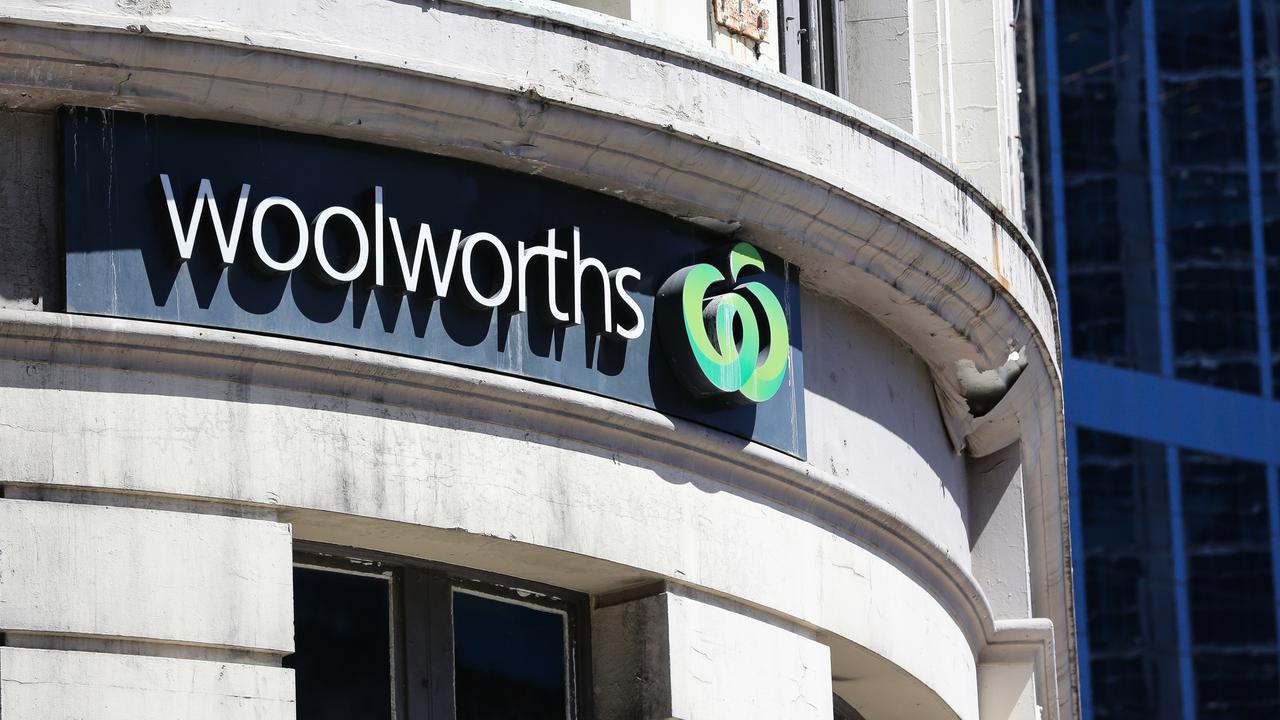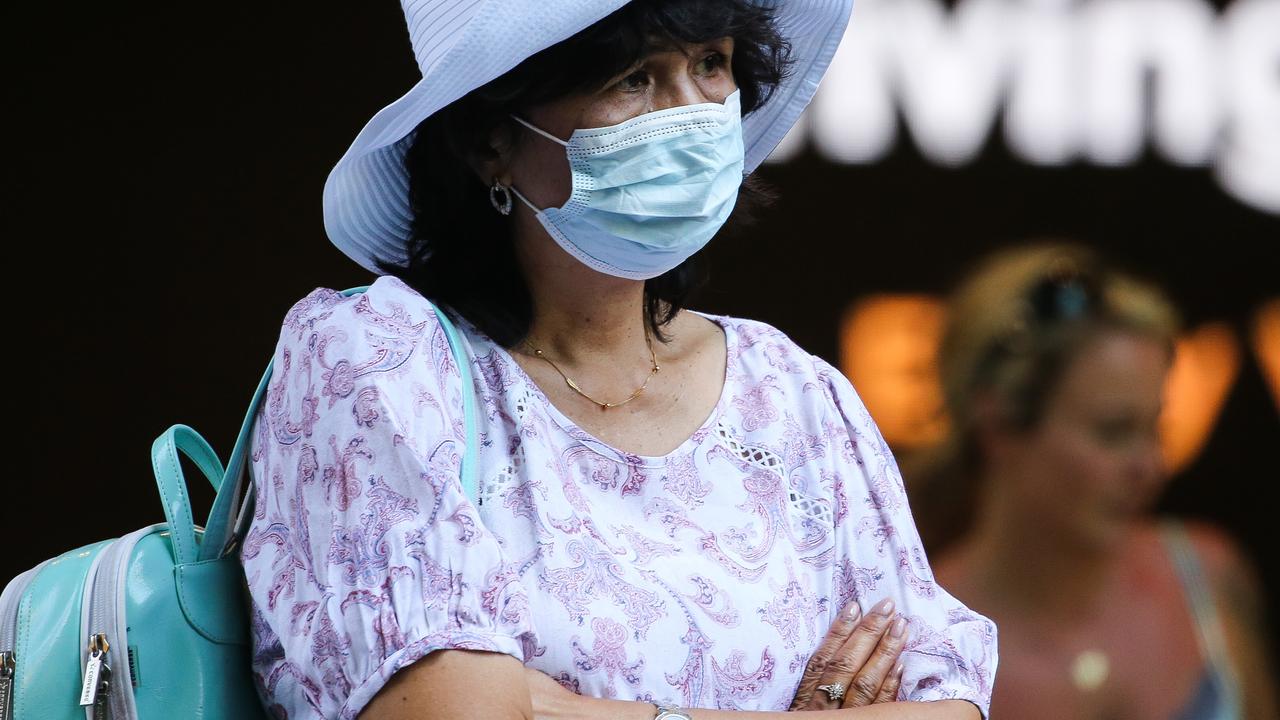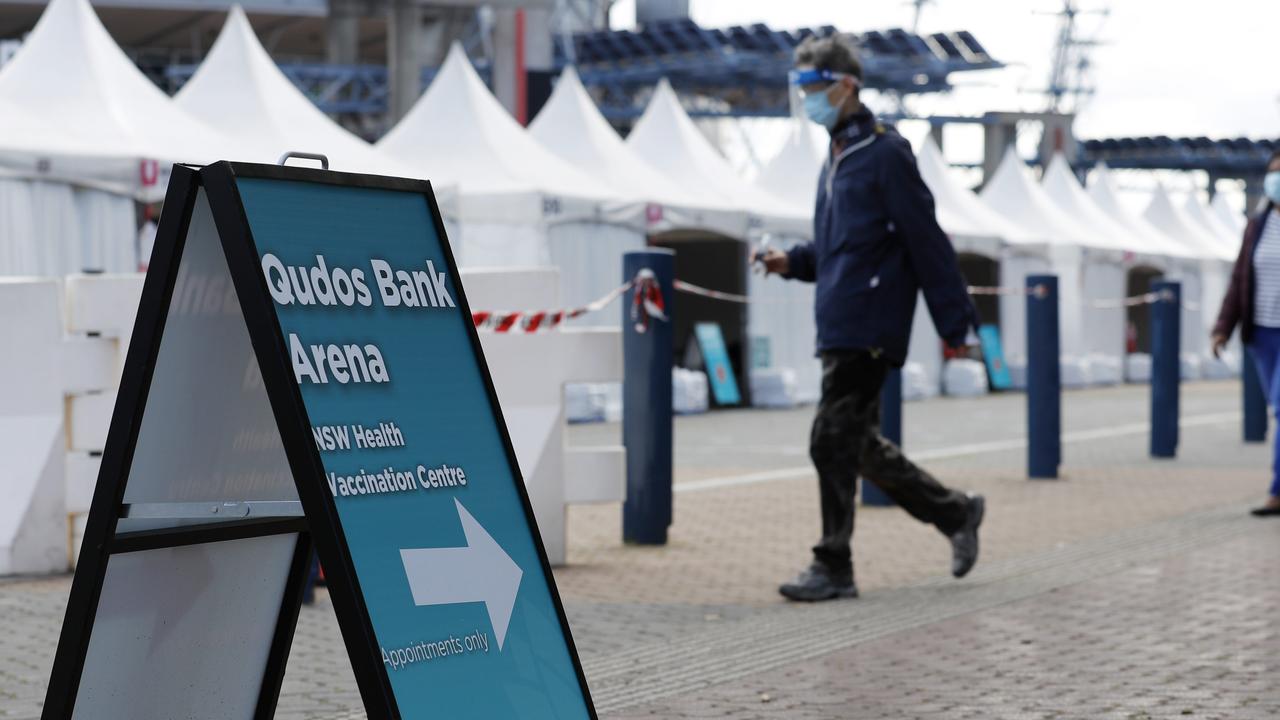‘Infectious in the community’: Commonly misunderstood Covid-19 term explained
It’s a term heard during every daily cases update and there’s an ongoing frustration why it isn’t lower. But many are getting confused by it.

It’s a term used every day by chief health officers and premiers across the country in Covid-19 press conferences – but it can be one of the most confusing to understand what it actually means.
Mentioned just after the new cases numbers is the tally of those people who were “infectious in the community”.
The term seems simple enough. Someone who was out and about while they were infectious with Covid-19.
But some have interpreted that as people infectious who were, essentially, living it large coming into contact with scores of people.
Worse, there are some misconceptions floating around social media that infectious in the community means someone who knowingly had Covid-19 and headed out anyway.
Why are so many people in NSW infectious in the community? I thought they were in lockdown? Where is the messaging going wrong Gladys?
— Stellaimber (@glendasutardy) July 24, 2021
60 out of new 110 cases in NSW were in the community at some point while infectious. I still don't understand why this number is so high - are they essential workers or people doing permitted exercise/shopping before getting tested? I know this q came up but answer very unclear https://t.co/s2YEDlX1t7
— Leonie Thorne (@leonie_thorne) July 21, 2021
Why are so many people in NSW infectious in the community? I thought they were in lockdown? Where is the messaging going wrong Gladys?
— Stellaimber (@glendasutardy) July 24, 2021
There is exasperation every day when people learn the number of cases which were infectious in the community. ‘Why can’t they all just remain home?’ seems to be the collective cry.
In actual fact, at least in New South Wales, the term is fairly specific. Indeed, far from doing something wrong, “infectious in the community” can be someone who has followed health orders to the letter.

Stubborn community infections in NSW
On Tuesday, NSW announced 199 new cases of Covid-19 in the previous 24 hours.
Of those 199, at least 50 were in the community through their infectious period, NSW Premier Gladys Berejiklian announced. Another 32 were infectious for part of the time they were in the community.
“That’s the number we’re really watching to try and get down as much as we can,” the Premier said.
“That number of 50 infectious in the community – the closer that is to zero, the greater the freedom we’ll have, but the further away from zero it is, the less freedom we’ll have.”
Of Victoria’s four new community Covid cases today, none were in the community while infectious which has given authorities confidence the lockdown measures did their job.
RELATED: State to give Pfizer to people aged in 30s

Ideally, no one who tested positive would be out during the time they could pass on the disease.
Rather, they would have already been isolating. Perhaps because they had been notified they were a close contact of someone else who had Covid or they knew they had been in a hotspot.
But Delta is mucking things up. People are becoming infectious before they have any symptoms, before they even have an inkling they might have Covid-19.
And the sheer number of cases also means the contact tracing is way behind in some cases and people who’ve been exposed may not know that until after they have caught the virus and become infectious.
They might only twig they have it after they lose their sense of smell, for instance, or come down with flu-like symptoms.

‘Infectious in the community’ definition
According to NSW Health, most people with Covid-19 develop symptoms five or six days after transmission.
But infectiousness starts about two days after transmission.
“If a contact is identified early, they may test negative when they go into self-isolation, but then develop symptoms and test positive sometime later during the isolation period,” a NSW Health spokeswoman said in a statement to news.com.au.
“These people have not been infectious in the community and pose no risk to others.
“If contacts are not identified early, they may test positive around the time they first go into self-isolation. If they had been in contact with other people prior to testing positive, they are considered to have been infectious in the community.
“The majority of these people have been following the stay-at-home orders but have simply been in the community for work or shopping, or other essential reasons.”
Or to flip it around, there are only two types of people who are infectious but not in the community.
Firstly, those who had been told to isolate already.
And secondly, those who hadn’t been told to isolate but for one reason or another also hadn’t left the house and interacted with another human even though they were allowed to do so for essential reasons.
So while it’s possible someone knowingly infectious was having a house party with 60 other people, it’s far more likely they were doing nothing of the sort.
Someone unwittingly infectious who was working from home, staying indoors as much as possible, but who popped out to the chemist for a regular prescription and talked to no one aside from the cashier, would likely be considered to be infectious in the community or infectious in the community for part of the time.
As would someone who worked for several days straight at the same chemist – an essential job – and who talked to dozens of people during that period again while unknowingly infectious.
The same term can apply to both people but the latter is at more risk of passing on the disease because they have more interaction.

Why getting infections out of community is so hard
Delta is thought to spread 50 per cent faster than the Alpha variant, originally known as the UK strain, and be 50 per cent more contagious.
Whereas Alpha might typically infect 2.5 other people, someone with Delta could transmit to 3.5 or four others.
However, someone who is infectious in the community isn’t necessarily spreading it that far if their only meeting with another human is at a checkout while masked.
But this is also the huge challenge with getting that infectious in the community number down.
If Delta is infectious before most people know they even have it and they are following the health orders to the letter by leaving home for essential reasons, what lever do you pull to achieve zero?
It’s why Ms Berejiklian has asked people to stay home as much as possible.
“We urge everybody, if you must leave the house, assume everybody you’re coming into contact with has the virus,” she said.




